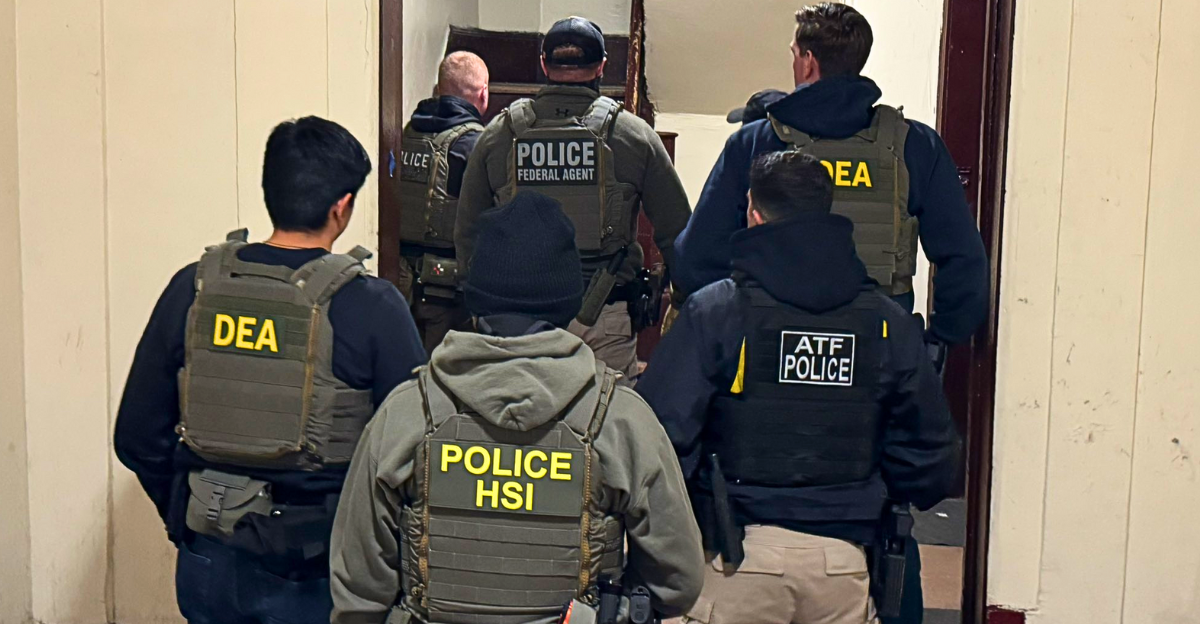
California’s economy – the world’s fourth-largest at about $4.1 trillion GDP – has been rattled. In June 2025, UC Merced researchers reported California’s private-sector workforce plummeted 3.1% in a single month, a drop only matched by the Great Recession or COVID shutdowns.
This surge in absenteeism coincided with intensified workplace raids.
So many people stayed home that the contraction outpaced the entire first-year unemployment jump of 2008. Economists warn that this signals a full-fledged crisis.
Federal Escalation
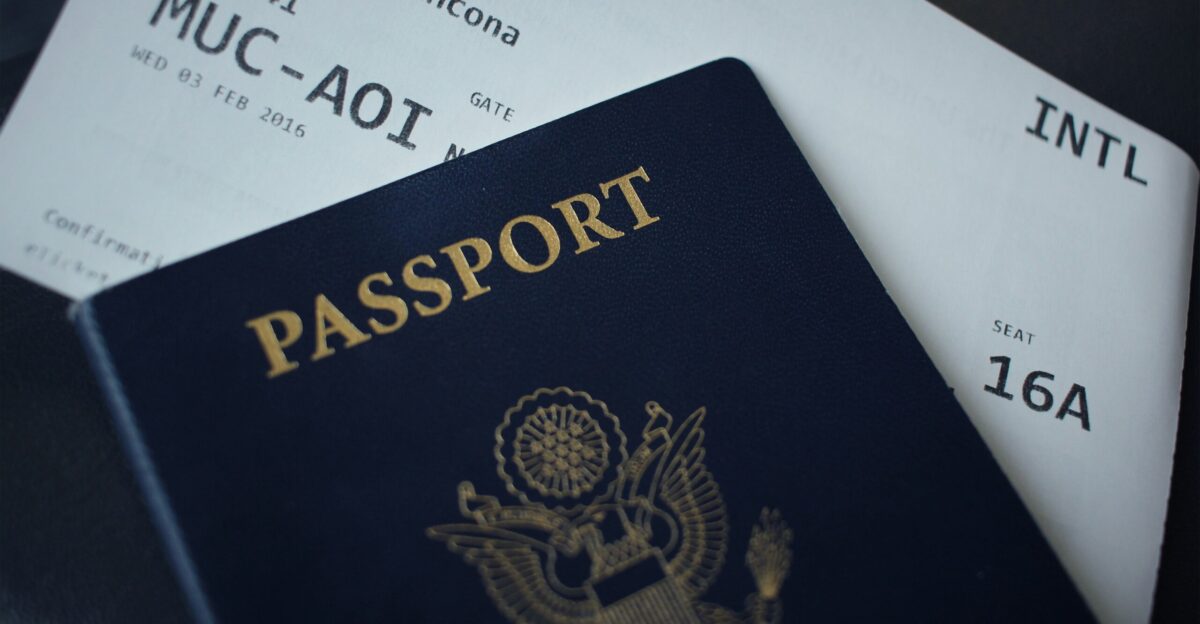
On June 6, ICE launched “Operation At Large,” the Trump administration’s massive deportation campaign. It mobilized over 5,000 federal agents (3,000 ICE agents plus FBI, DEA, CBP, IRS, etc.) and thousands of National Guard troops to hit immigrant-heavy worksites.
Federal officials set a staggering daily arrest quota of 3,000 migrants. The first sweeps targeted Los Angeles: agents in camo raided a Home Depot in Westlake and Ambiance Apparel in downtown L.A., detaining dozens of workers.
The aggressive raids sparked immediate protests and led California to federalize its National Guard in response.
Economic Foundation

California’s economy is booming – in 2024 its GDP grew by ~6%, outpacing the U.S., China and Germany – but it also helps pay more into federal coffers than any state ($83+ billion net).
The state is home to 10.6 million immigrants (nearly one-third of its population). Among these, 2.28 million are undocumented, about 8% of the workforce. Immigrants are heavily represented in coastal cities and the Central Valley.
Their contributions – as workers, entrepreneurs and taxpayers – have become deeply woven into California’s economic fabric.
Industry Dependencies
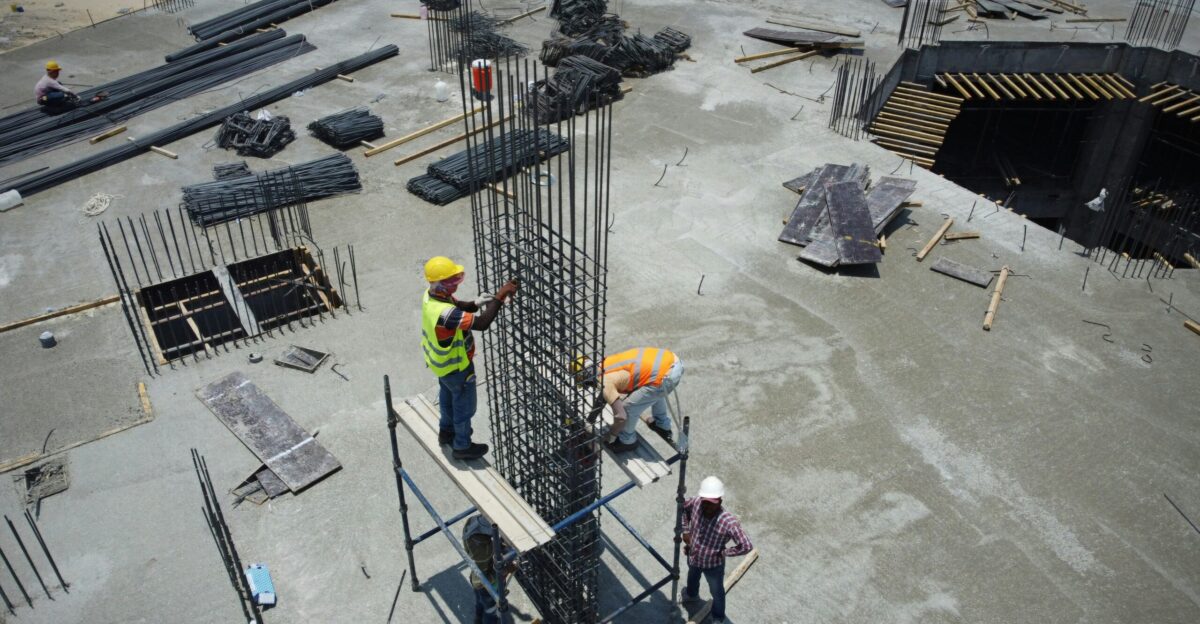
Critical industries rely on immigrant labor. California farms employ roughly 63% immigrants (about 26% undocumented). Construction is similar: 41% immigrants (14% undocumented).
These sectors already faced labor gaps, and the raids only worsened delays on projects. Undocumented workers generate about 5% of California’s GDP directly (rising to ~9% with ripple effects).
They also pay roughly $23 billion a year in taxes. Notably, ~40% of the state’s small businesses are immigrant-owned (11% by undocumented entrepreneurs), so staffing shortages there reverberate through local economies.
Mass Exodus

During the week of June 8, 2025, an estimated half-million California workers – including about 198,000 noncitizens – simply did not report to work. UC Merced analysts found noncitizen employment plunged 7.2% from May to June.
This is the “mass exodus” at the heart of the crisis. “If a worker doesn’t go to work on a farm, that’s produce that may end up rotting in the field,” said Edward Flores of UC Merced’s labor center.
The impact fell hardest on women: many stayed home for childcare and eldercare, so families pulled multiple members out of the labor force.
Regional Devastation

The San Joaquin Valley, Inland Empire, Bay Area and Los Angeles were hit hardest. Entire crews failed to show up in fields and on worksites. “In the fields, I would say 70% of the workers are gone… If 70% of your workforce doesn’t show up, 70% of your crop doesn’t get picked,” said farmer Lisa Tate.
With hand-harvested fruits and vegetables left untended, supply chains began snapping; produce started rotting in California fields.
Construction projects stalled as well, with sites left empty.
Even markets and neighborhoods emptied: produce vendor Juan Ibarra described the typically bustling LA market as “pretty much a ghost town…it’s almost COVID-like. People are scared”.
Human Impact

Stories of hardship abounded. Fifty-year-old Jose Ortiz, a Zapotec immigrant, was an 18-year veteran manager at Ambiance Apparel – until he and over 40 coworkers were detained on June 6. His daughter Saraí Ortiz captured the fear: “You know this is a possibility all your life, but then when it happens, it plays out differently than what you think,” she told the press outside the plant.
Parents also stayed home with children; a Stanford study found student absences jumped ~22% in early 2025 in regions facing raids.
In tight-knit immigrant communities, this turmoil stretched family safety nets and social bonds to breaking.
Wider Fallout

The enforcement shock rippled through the economy. Tourism and hospitality slumped as travelers rethought visits: industry groups reported visitors “changing plans” away from L.A. due to the unrest.
Restaurants staffed by immigrants saw canceled reservations and shortened hours, and some small stores temporarily closed amid scared customers and missing workers. According to the Bay Area Council, undocumented Californians contribute ~$23 billion annually in taxes, so missing income and sales meant state and local budgets suddenly shrank.
School districts, transit agencies and local services began warning of cutbacks as tax receipts and consumer spending fell.
Economic Projections

Analysts warn that the long-term costs are staggering. The Bay Area Council Economic Institute estimates that mass deportations could slice roughly $275–278 billion annually from California’s economy – an impact on par with the entire GDP of states like Oregon or Nevada.
“This is a substantial figure that surprised us,” said Abby Raisz of the Bay Area Council. Without undocumented workers, the study found, agricultural output could fall by ~14% and construction output by ~16%.
The shortages would also push up consumer prices: California grows ~75% of U.S. fruits and nuts and one-third of vegetables, so any collapse in farming would quickly feed into national grocery inflation.
National Stakes
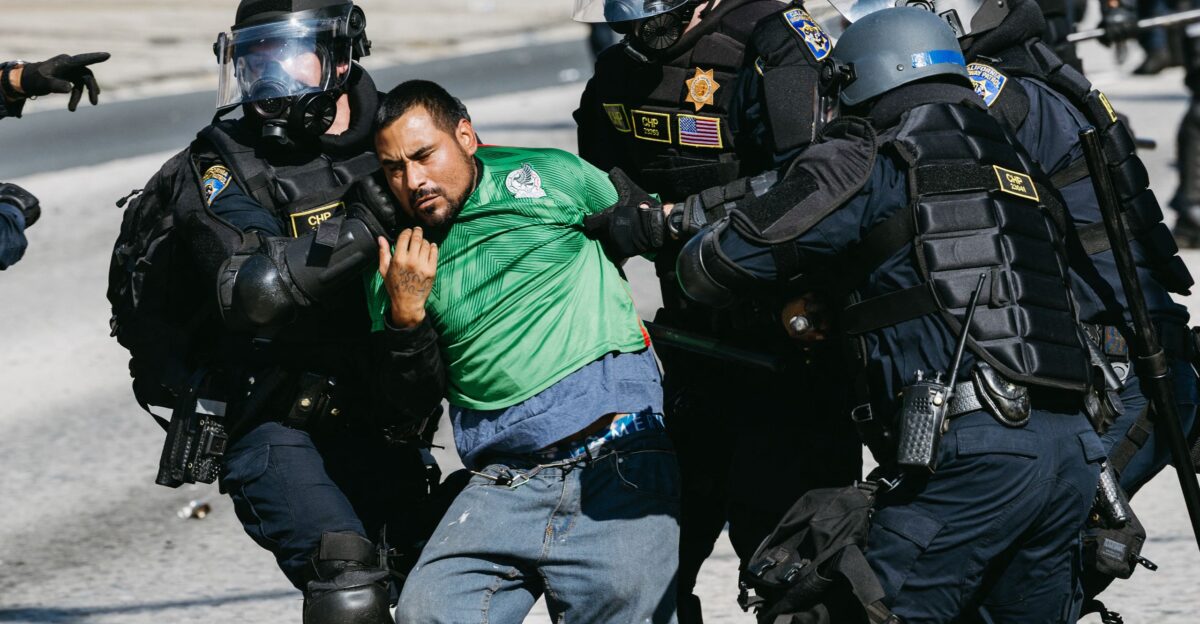
The situation in California has become a national test case. Lt. Governor Eleni Kounalakis warned that ICE’s raids are “economically reckless” and “terrorizing communities,” threatening billions in tax revenue and risking California’s status as the world’s fourth-largest economy.
The food and housing shortages are already spilling beyond state lines.
Other states are watching closely: some are bracing for higher food prices and slower construction. Preliminary data indicate India may overtake California as the world’s fourth-biggest economy by 2026, so the outcome of this crisis could have global ramifications.
The big questions remain: will federal leaders scale back these operations, or will California and the country learn to function with a far smaller immigrant workforce?
State Pushback
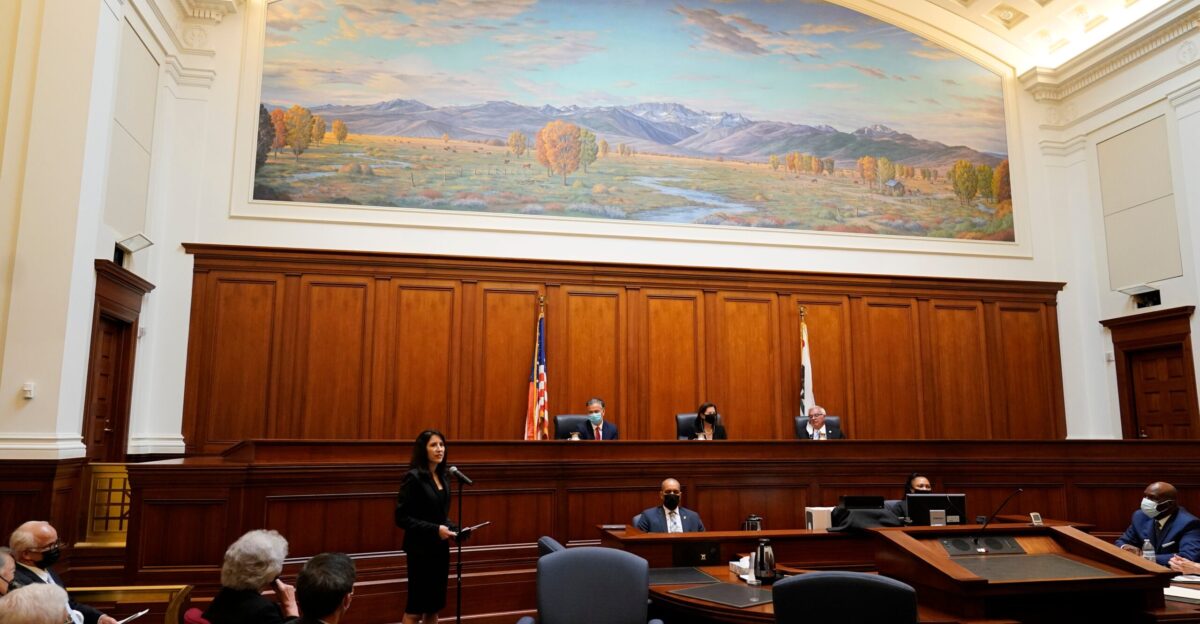
California’s political leaders immediately pushed back. Governor Gavin Newsom blasted the ICE raids as federal overreach and “a theater…about terrorizing communities”. He called the National Guard deployment “unnecessary” and demanded an end to the “cruelty” of raids.
State officials filed lawsuits: the California AG joined with civil rights groups to challenge indiscriminate stops, and legislators vowed to seek federal immigration reform.
Newsom warned that these tactics were “just the beginning” and could appear in other cities. The public rebuke from Sacramento underscored how controversial the operation had become.
Community Response

Across California, ordinary people organized in response. Hundreds took to the streets in “Families First” rallies in Los Angeles and San Diego, demanding an end to the sweeps.
Community centers and churches set up legal hotlines and “know your rights” trainings to help immigrant families.
Farmers’ cooperatives and restaurant associations lobbied for relief as crops rotted and storefronts emptied. Many communities pooled resources: food banks and mutual aid groups saw surges in volunteers and donations.
Californians – fearful but determined – rallied around immigrant neighbors and pressed for policy solutions, turning the crisis into a groundswell of grassroots activism.
Legal Battles

The courts became the next battleground. On July 11, a federal judge in Los Angeles granted a restraining order halting ICE “roving patrols” in Southern California. The order bars agents from detaining anyone based solely on race, language or location.
ACLU attorney Mohammad Tajsar lauded the decision: “marauding bands of masked, rifle-toting goons have been violating ordinary people’s rights,” he said, calling the ruling a step toward accountability. In parallel, California officials pushed legal challenges against the Guard deployment and other enforcement directives.
These court actions imposed new checks on the administration’s tactics and provided temporary relief to beleaguered communities.
Looking Ahead
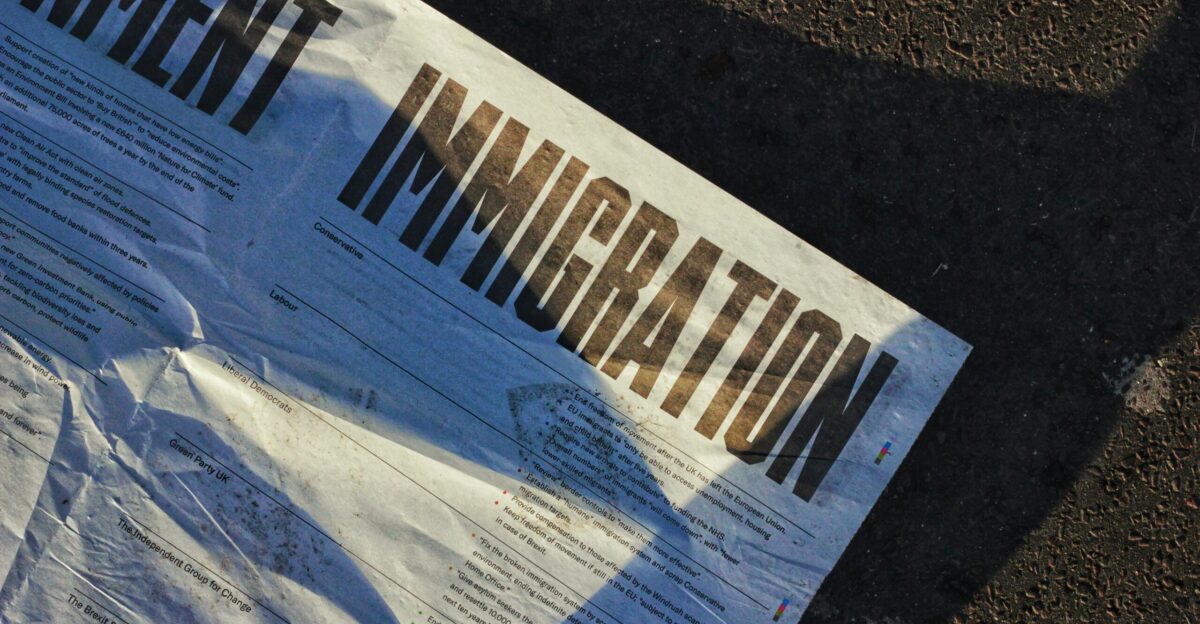
Economists and industry leaders say California will have to adapt. Many farmers are already accelerating automation or switching to less labor-intensive crops. UC Davis economist Ed Taylor warns, “California agriculture just isn’t going to look the same” as fewer low-wage workers are available.
Construction firms are exploring modular building and off-site manufacturing. Some employers are offering higher pay and benefits to attract domestic workers.
Politically, the upheaval has fueled calls for bipartisan immigration reform, even as Congress debates tougher enforcement bills.
The bottom line: the state is racing to fill its labor vacuum, but experts say there’s no quick fix for losing such a large share of its workforce.
Conclusion

The 2025 raids exposed the fragility of California’s immigrant-driven economy. Farmlands, factories and offices fell silent almost overnight, showing how tightly immigration policy and economic health are linked.
The aftermath has been chaotic – businesses struggling, families torn apart, and significant national implications for food, housing and labor markets.
California now faces a choice point: either adjust policy to restore stability, or reshape its economy to function without the immigrant labor it has long depended on.
The coming months will determine whether this episode becomes an inflection point for California and the nation.